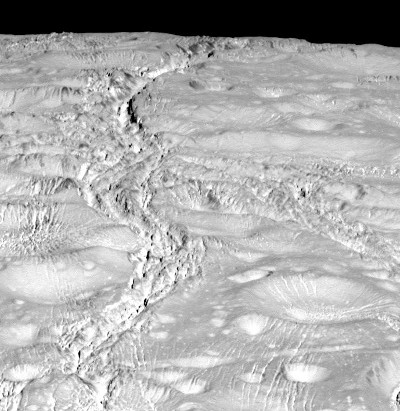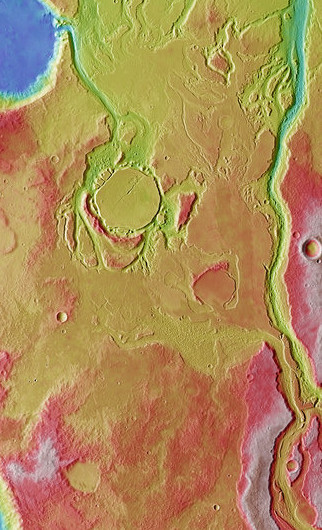200 new lunar impact craters discovered
In a paper [pdf] presented this week at a lunar science conference, scientists announced the identification of more than 200 new impact craters on the Moon from Lunar Reconnaissance Orbiter (LRO).
As of 1 May 2015, we have scanned and classified changes in 14,182 NAC temporal pairs using our automated change detection tool leading to the discovery over 200 impact craters ranging in size from 1.5 to 43 m. In addition, we also identified thousands of other surface changes, including about 44,000 low reflectance splotches, 3,500 high reflectance splotches, 850 mixed reflectance splotches, [and] 1 Chinese lander/rover.
They think the splotches are created from impacts too small to see with LRO.
Hat tip James Fincannon.
In a paper [pdf] presented this week at a lunar science conference, scientists announced the identification of more than 200 new impact craters on the Moon from Lunar Reconnaissance Orbiter (LRO).
As of 1 May 2015, we have scanned and classified changes in 14,182 NAC temporal pairs using our automated change detection tool leading to the discovery over 200 impact craters ranging in size from 1.5 to 43 m. In addition, we also identified thousands of other surface changes, including about 44,000 low reflectance splotches, 3,500 high reflectance splotches, 850 mixed reflectance splotches, [and] 1 Chinese lander/rover.
They think the splotches are created from impacts too small to see with LRO.
Hat tip James Fincannon.



